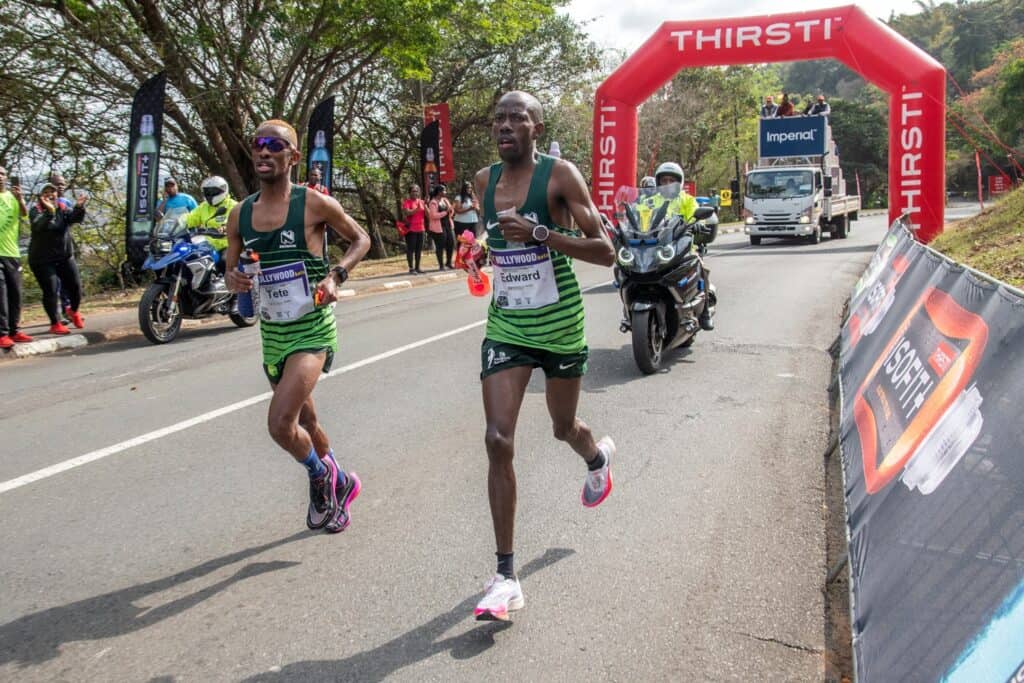As the Comrades Marathon draws near, runners grapple with the intricacies of tapering. With less than a month to go, questions arise about the most effective tapering approach.
Should runners reduce distance, speed, or both? Additionally, what percentage-wise reduction in mileage is suitable for May compared to April?

Crafting a Structured Tapering Plan
A structured tapering plan is essential for optimal performance on race day. Dividing the final four weeks leading up to the marathon into two blocks can help streamline the tapering process.
Initial Two Weeks: Maintaining Consistency
During the initial two weeks, maintaining midweek training routines while significantly reducing the length of long runs is advised. Long runs should be completed at approximately 80% of their usual distance.
Approaching Race Day: Intensifying the Taper
As race day looms closer, the tapering intensifies. In the third week before the marathon, long runs should be further reduced to 75% of the previous week’s distance.
In the final two weeks, all runs, including speed work, should be scaled back to 75% of their previous volume.
By the last week, runners should focus on light, short runs to maintain rhythm without overexertion.
Managing Illness During Tapering
Managing illness during the tapering period is crucial. Prioritizing recovery and ensuring symptom-free status before resuming training is paramount.

Gradual Return to Training
Gradually increasing mileage after illness, with the longest run in May approaching but not exceeding 30-36km, can help avoid overexertion.
Precautionary Measures to Avoid Illness
To minimize the risk of illness during tapering, practical measures such as increasing Vitamin C intake, maintaining proper hygiene, and avoiding sick individuals should be implemented.
Additional Aspects of Tapering
In addition to the tapering strategies, runners can benefit from considering psychological preparation, nutrition, and rest and recovery.
Related: Marathon Tapering Method GUARANTEED To Have You At Your BEST Come Race Day
Psychological Preparation
Visualizing success, maintaining a positive mindset, and practicing relaxation techniques can help alleviate pre-race nerves and enhance performance on race day.
Nutrition
Ensuring adequate hydration, consuming nutrient-rich foods, and avoiding excessive dietary changes can help maintain energy levels and optimize recovery.

Rest and Recovery
Incorporating sufficient rest and recovery into the tapering period is equally important. Adequate sleep, foam rolling, and gentle stretching can aid in muscle repair and reduce the risk of injury.
By incorporating these additional aspects into their tapering strategy, runners can enhance their physical and mental preparedness for the Comrades Marathon. Embracing a holistic approach to tapering can help runners achieve their race day goals and enjoy a successful and fulfilling experience on the road to comradeship.



Comments are closed.